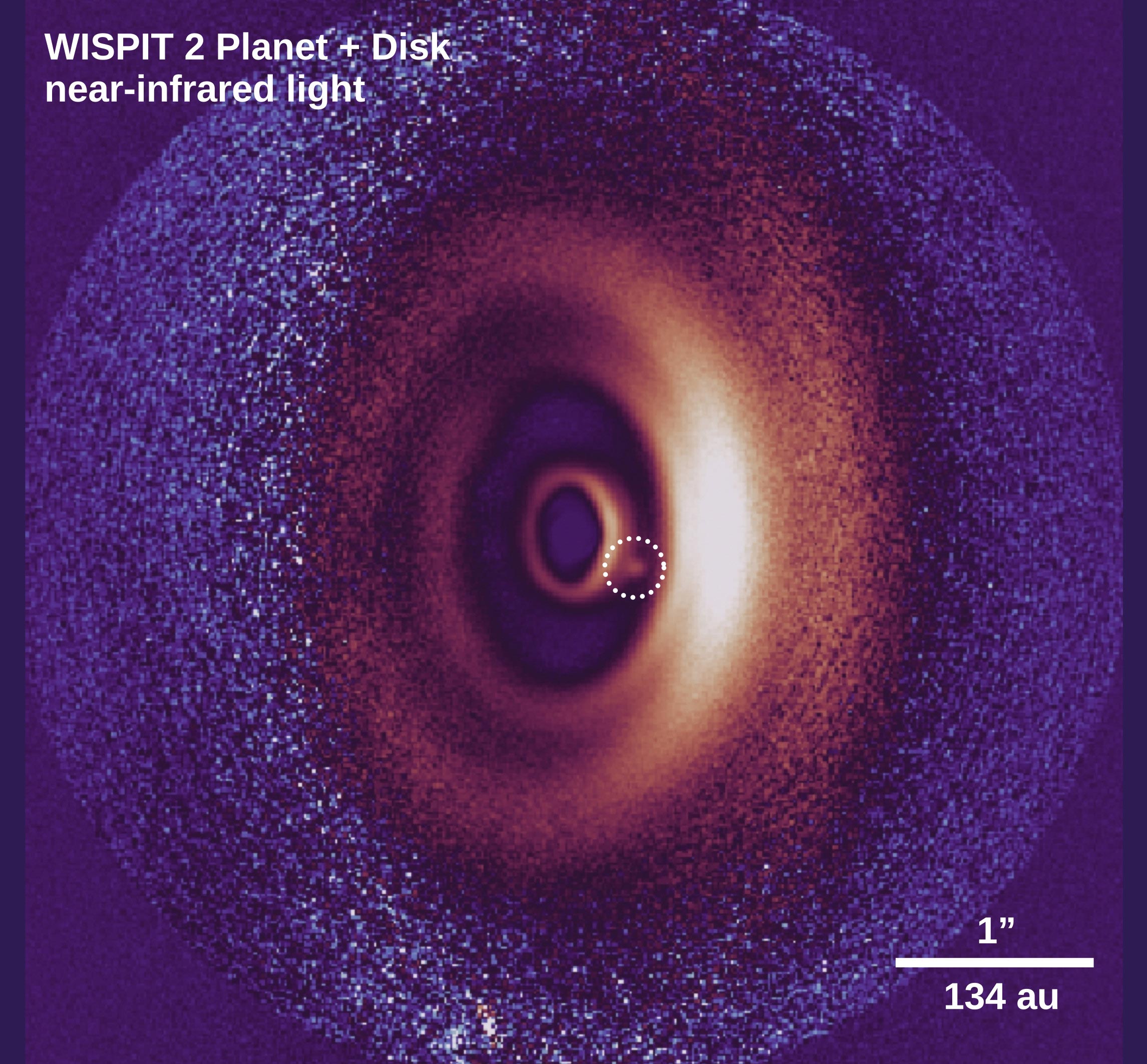Astronomers have made a groundbreaking discovery by directly observing a young gas giant planet, WISPIT 2b, still glowing from its formation. This rare sighting happened within a multi-ringed disk of dust surrounding a Sun-like star, providing a unique window into the earliest stages of planetary evolution. The international research team, co-led by the University of Galway, used advanced imaging techniques to spot this infant planet, making it a significant milestone in the study of planet formation.

WISPIT 2b’s discovery allows scientists to observe a planet while it’s still forming—a phenomenon that’s rarely witnessed. The planet sits embedded within a dusty ring, actively accumulating material and emitting a faint glow from the energy of its birth. This direct observation provides astronomers with crucial data to better understand how gas giants like Jupiter are born and evolve, as well as the environment around young stars.
Why This Discovery Matters
Not only does this finding confirm theories about planet formation, but it also opens new avenues for studying other young planetary systems. Learning about WISPIT 2b helps researchers piece together the complex puzzle of how planetary systems develop and change over time. Observing such a young planet in action could lead to further breakthroughs in our understanding of the universe.
Sources:
Source